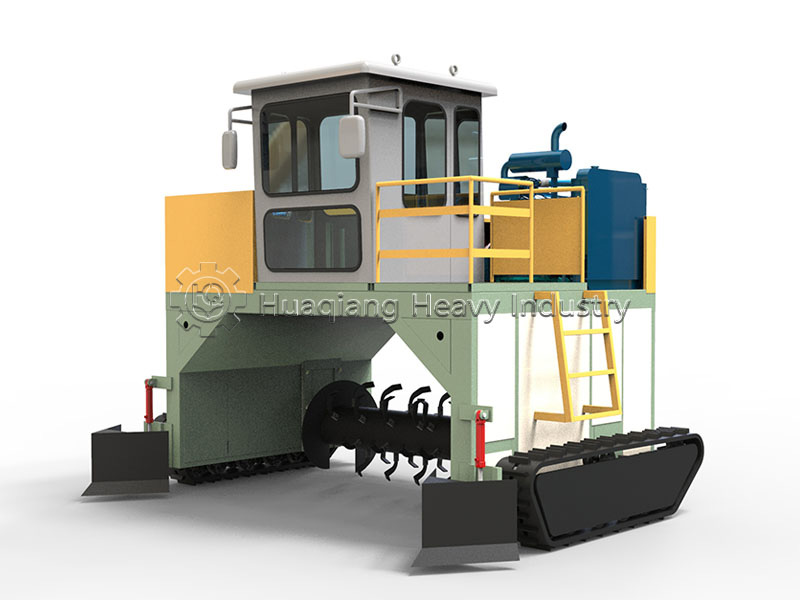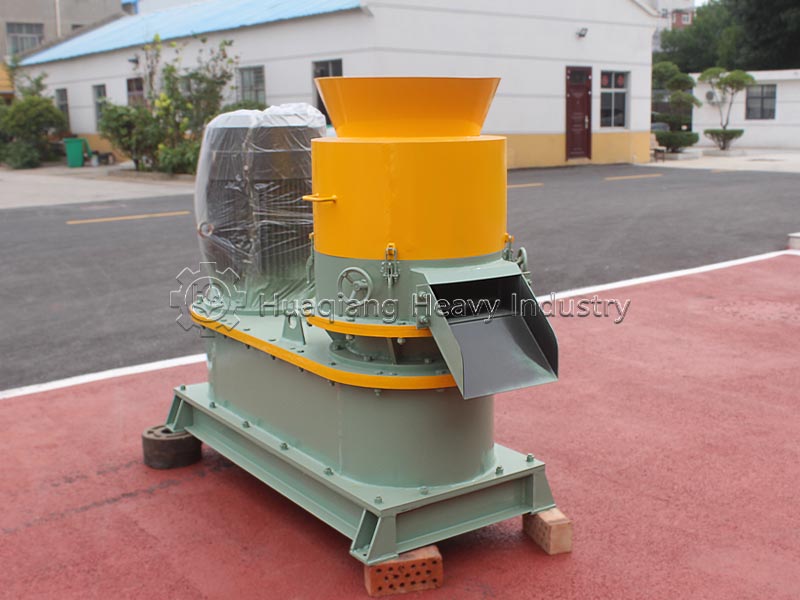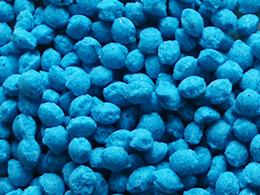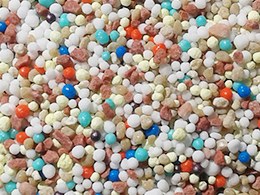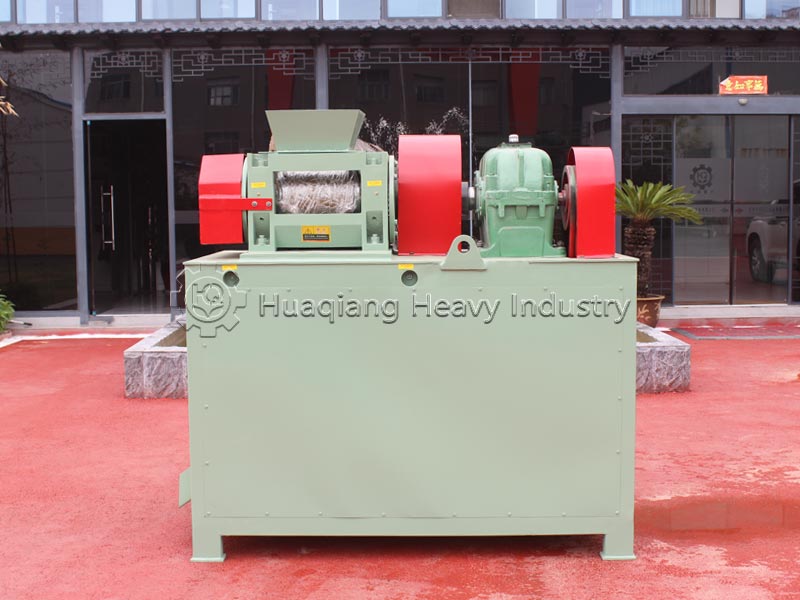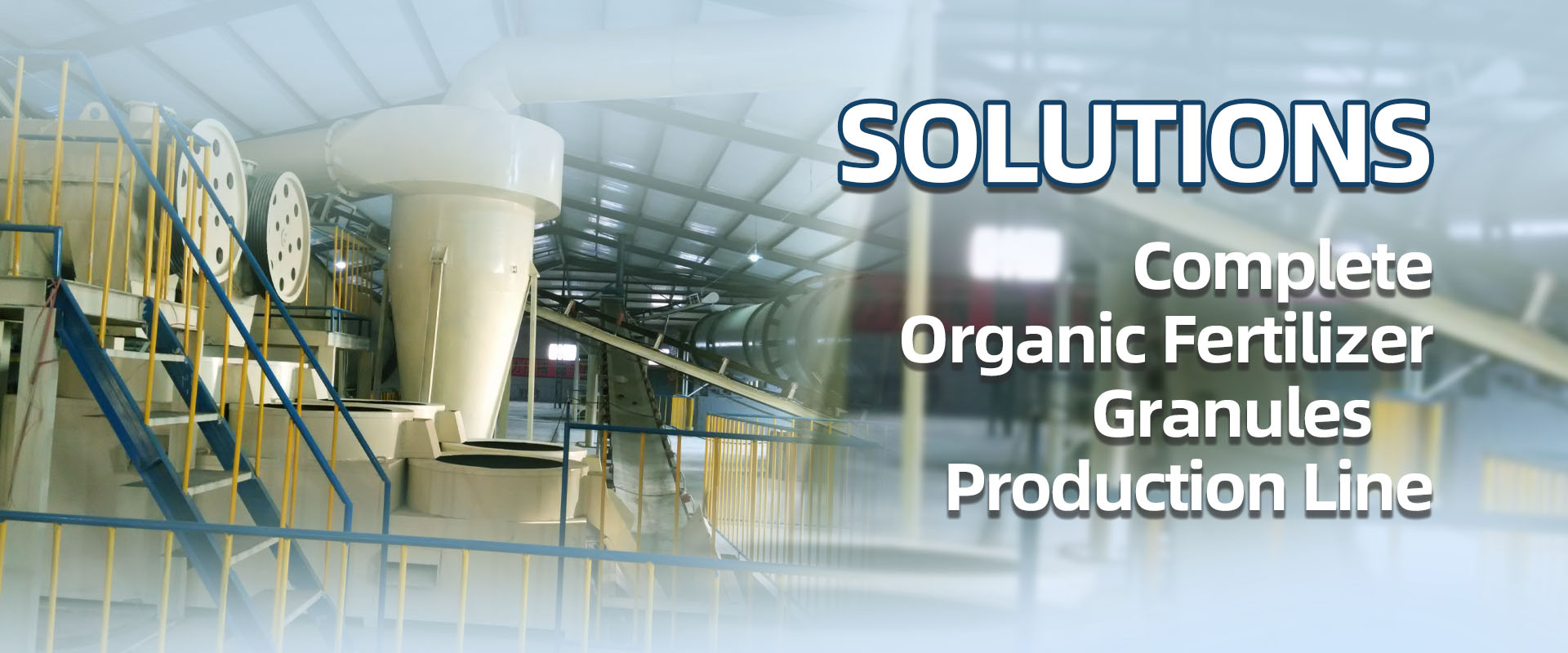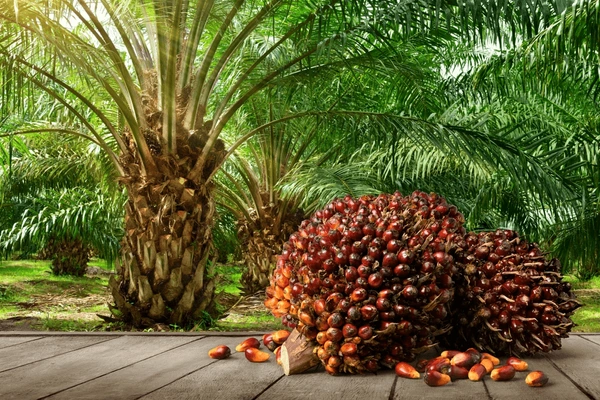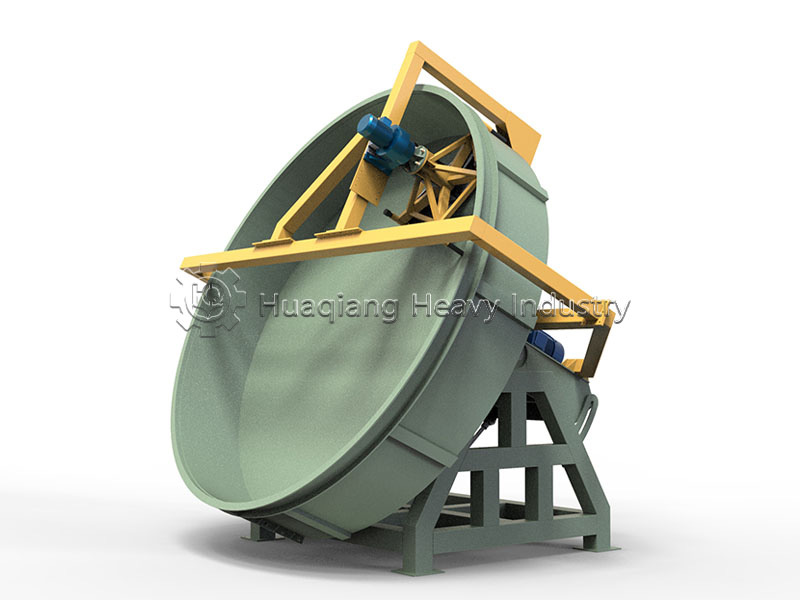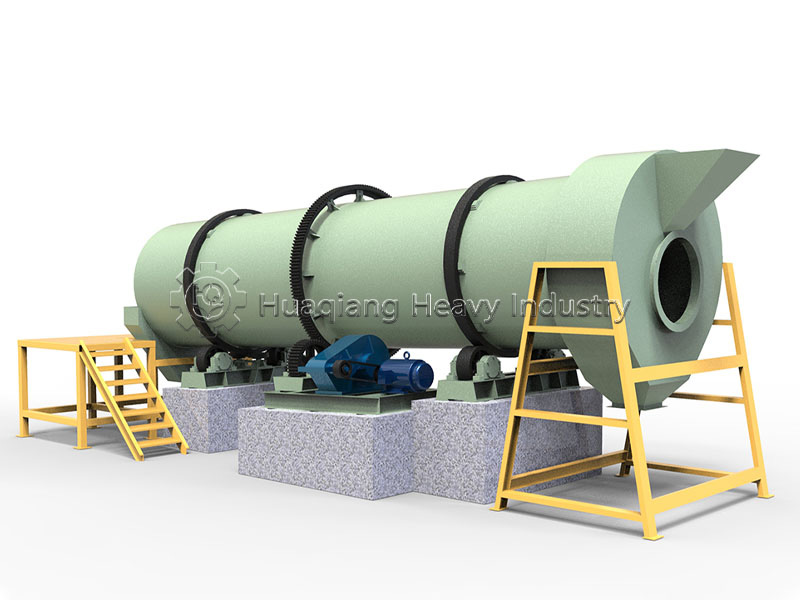From Slurry to Fertilizer Pellets: How Wood Ash Transforms Waste into Treasure
Introduction: A New Approach to Farm Waste Management
Imagine a medium-sized dairy farm producing thousands of tons of liquid manure each year. This nutrient-rich “slurry,” if not properly managed, not only emits unpleasant odors but can also contaminate groundwater and rivers. However, these seemingly troublesome wastes actually hold immense value. Recently, scientists have discovered a clever method: mixing wood combustion ash with these organic slurries to create an efficient, environmentally friendly granular fertilizer. This is not only a model of waste utilization but also a vivid practice of circular agriculture.
I. The Core Problem: Why Process Organic Slurry?
Organic slurries, including animal manure and anaerobic digestate, are rich in essential plant nutrients like nitrogen, phosphorus, and potassium. However, using them directly presents several challenges: First, the high moisture content (typically over 95%) makes transportation and storage extremely costly. Second, nutrients are easily lost—nitrogen can volatilize as ammonia into the air, causing waste and air pollution. Third, liquid fertilizers are inconvenient to apply and difficult to dose precisely.
Traditional treatment methods like anaerobic digestion can produce biogas energy, but the remaining digestate still requires handling. Simple drying can reduce volume but often requires significant energy and does not solve the nutrient loss problem.
II. The Magic of Wood Ash: Natural Adsorbent and Hardening Agent
Wood ash, this seemingly ordinary combustion byproduct, is actually the “secret weapon” for treating organic slurries. Its magic lies mainly in three aspects:
1. Natural Adsorbent
Wood ash is rich in calcium compounds (mainly calcium oxide and hydroxide), which have strong adsorption capacity. When wood ash mixes with organic slurry, calcium ions can bind with ammonium nitrogen in the slurry, forming stable compounds that effectively “lock in” volatile ammonia. Studies show this adsorption can reduce nitrogen loss by up to 48%.
2. Self-Hardening Effect
When wood ash and organic slurry are mixed in an appropriate ratio and the moisture is reduced to about 20%, the mixture naturally hardens. This occurs because calcium compounds react with water to form calcium hydroxide, which then reacts with atmospheric carbon dioxide to create a calcium carbonate network structure, much like cement curing. This self-hardening effect turns the loose mixture into solid pellets.
3. Nutrient Supplement
Wood ash itself contains various secondary and micronutrients like potassium, phosphorus, and magnesium, which are needed by many crops. Combining wood ash with organic slurry essentially creates a “complete nutrition” compound fertilizer.

III. Innovative Process: Integrated Fluidized Bed Drying and Granulation
Researchers designed an ingenious system that combines drying, adsorption, and granulation into one process. The core is a fluidized bed reactor, and its workflow is as follows:
- Energy Source:The system uses hot flue gas from wood pellet combustion as a heat source, providing both the heat needed for drying and the required wood ash.
- Simultaneous Treatment:Hot flue gas (approx. 250°C) is introduced into the fluidized bed reactor, directly contacting the organic slurry. The high temperature rapidly evaporates moisture, while wood ash particles in the flue gas thoroughly mix with the slurry.
- Adsorption and Solidification:Under suitable temperature and humidity conditions, the wood ash begins adsorbing nutrients from the slurry and initiates the self-hardening process.
- Pellet Formation:In the turbulent environment of the fluidized bed, the mixture gradually forms small pellets. Larger pellets remain in the bed to continue growing, while finer particles are carried by the gas stream to a cyclone separator for recovery.
The clever aspect of this system is the circular use of energy: burning wood pellets provides both heat and the adsorbent (wood ash), achieving “two birds with one stone.”
IV. Dual Benefits: Economic and Environmental
Economic Benefits
Compared to traditional treatment methods, this new technology has clear cost advantages:
- Significant Volume Reduction:Processing 1 ton of organic slurry with 95% moisture content yields only about 51 kg of granular fertilizer (3% moisture), reducing volume by over 95%. This means storage and transportation costs are drastically lowered.
- Controllable Operating Costs:Treating each ton of slurry requires about 180 kg of wood pellets and a small amount of electricity, totaling approximately £50. In contrast, merely transporting untreated slurry 10 miles costs £4-10 per ton with traditional methods.
- Product Value Addition:The produced granular fertilizer is easy to store, transport, and apply, with higher market value than the original slurry.
Environmental Benefits
- Reduced Nutrient Loss:Through adsorption, nitrogen volatilization is reduced by 35-48%.
- Slow-Release Properties:The formed granular fertilizer has a slow-release effect, with nutrient release better matching crop demand, reducing leaching risks.
- Carbon Sequestration:Carbon in the wood ash and organic carbon in the slurry are partially fixed in the soil, aiding carbon sequestration.
- Waste Resource Recovery:Two types of agricultural and forestry wastes are treated simultaneously, achieving a true circular economy.
V. Application Prospects and Challenges
This technology is particularly suitable for small to medium-sized farms. A system with a processing capacity of 100 kg of slurry (dry matter basis) per hour requires an initial investment of about £20,000 and can be installed directly on the farm. Subsidies available in countries like the UK through agricultural transition plans can further lower the investment threshold.
Of course, technology promotion also faces challenges: wood ash may contain heavy metals, requiring controlled usage ratios; simpler, lower-cost prototype systems need development; and more field trials are needed to verify fertilizer efficacy under different soil and crop conditions.
Industrializing a Circular Solution: The Production Pathway
The innovative combination of wood ash and organic slurry represents a novel input for organic fertilizer fermentation. To scale this concept into a market-ready product, the stabilized mixture must be integrated into a complete organic fertilizer production line. Efficient decomposition at scale is achieved through advanced fermentation composting turning technology, utilizing specialized equipment such as the chain compost turning machine (or chain compost turner) and the large wheel compost turning machine (or large wheel compost turner) to ensure optimal aerobic conditions.
Following complete maturation, the material proceeds to the shaping stage. Here, an organic fertilizer granulator is employed; innovative designs like the new type two in one organic fertilizer granulator combine mixing and pelletizing for enhanced efficiency. This entire process can be configured as a bio organic fertilizer production line to add beneficial microbial consortia. This systematic approach transforms a locally sourced, waste-derived mixture into a standardized, high-value soil amendment, demonstrating a practical and scalable model for circular agriculture that turns potential environmental liabilities into productive agricultural assets.
